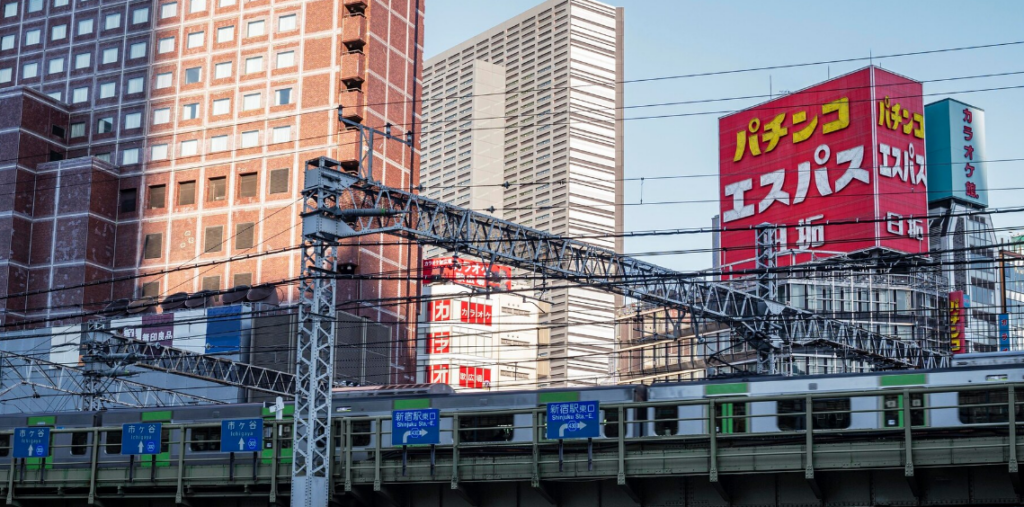Explore how China transformed from a rural society into an urban powerhouse, creating some of the world’s most innovative smart cities. From Shanghai’s towering skyline to Shenzhen’s tech revolution, discover how strategic planning and massive infrastructure projects are shaping China’s urban future.
China has some of the most populous cities in the world. These megacities like Beijing and Shanghai are globally recognised, while others are often unheard of. China has, through its fast-pace industrialisation efforts, ramped up city development and found innovative ways to enhance infrastructure which is more sustainable. Alongside its infrastructural development the need was also created by a now middle class country with an urbanising population. The country has had a re-emergence as a global power with Deng Xiaoping taking the baton becoming China’s paramount leader–plunging China into a new era of economic prosperity.
Shanghai is known for its importance as a global financial hub, and home to the Shanghai Stock Exchange, the world’s busiest port and iconic skyscrapers like the Oriental Pearl Tower. Beijing, the Chinese capital, is known for its historical sites like the Forbidden City and Tiananmen Square. Guangzhou, the capital of Guangdong province–known for its Canton and it as part of the Pearl River Delta, one of the wealthiest regions in the country. Shenzhen, which was a small fishing village, is now a tech hub after being China’s first Special Economic Zone (SEZ) in 1980.
Chengdu, is known for its spicy Sichuan cuisine and the Giant Panda Research Base, is overshadowed by its neighbour–Chongqing–boasting the world’s longest monorail system and striking elevation changes in its streets. Tianjin is one of China’s financial centres. While Nianjing is historically known for being the capital of various dynasties, but is more frequently known for the tragic events of the 20th century.
Wuhan, the capital of Hubei province, received global recognition due to the Covid-19 pandemic–however, equally noteworthy is its history as a major transportation hub and the location of the prestigious Wuhan University is equally notable. Lastly, Xi’an, is an ancient city representing the starting point of the Silk Road and known for its Terracotta Army. With varying levels of international recognition these cities are significant in China’s historical, cultural, and economic landscape.
Since the 1980s, urbanisation in China has been characterised by rural-to-urban migration, following Arthur Lewsi’s dual sector model–where city-based industrial growth attracts a surplus of rural labour. The causes for urbanisation today indicate different patterns including mass relocations for urban projects. China has seen, since the 1980s, rapid urban growth as a result of reforms. The rate of urbanisation between 1978 and 2000, its urbanisation rate increased from 17.9% to 36.2%, by 2023 urbanisation was over 66% surpassing targets. Nonetheless, many people still rely on rural work, with 22.8% of the workforce in the primary sector.
Through urbanisation the need for well-rounded city infrastructure and services to accommodate the influx of residents. The Chinese government has implemented an Action Plan (AP) focusing on developing areas with high urbanisation potential, like Central and Southern Hebei, Northern Anhui, Southwestern Shandong. The AP aims to enhance town and city capacity–by establishing provincial sub centres mitigating the impact of urbanisation on capital cities–improving infrastructure and public services in country towns, fostering urbanisation in central towns facilitating rural population migration to cities. The AP accelerates market integration standardising business entry and the improvement of regulatory coordination.
Having some of the most populous cities in the world China has developed some of the most beautiful cities, however, high levels of urbanisation necessitates planning to mitigate this issue. The demand for infrastructure increases and the need for smart plans to enhance China’s business potential. China has become a middle income country often substantiating the migration from rural to urban areas. With its designated SEZs and expanding economic zones beyond these is evident in China’s AP, so is the intention to make China more foreign-friendly particularly for business and investment.





